
Archaeologists Discover First Possible Evidence of Roman Gladiator Mauled by a Lion
Archaeologists have unearthed the bones of a Roman warrior in a Roman-era cemetery in York, England, bearing the first possible evidence that he may have been mauled by a lion. Dating back approximately 1,800 years, these remains offer concrete evidence of the brutal encounters with animals in gladiatorial combat. The fact that no other gladiator remains showing signs of animal attacks have been found before makes this discovery particularly striking.
Dr. Malin Holst, an archaeologist from the University of York, states that the bite marks on the bones “were most likely inflicted by a lion.” This finding strengthens the possibility that the skeletons buried in the cemetery were gladiators, rather than soldiers or slaves as initially thought. Holst emphasizes that this discovery represents the first osteological confirmation of human interaction with large carnivores in a fighting or entertainment context within the Roman world.
Historical records indicate that lions were used in gladiatorial arenas. This new finding suggests that such brutal spectacles occurred not only in the heart of Rome but also in some of the empire’s distant regions. It further reinforces suspicions that the Driffield Terrace cemetery may have been a burial site for fallen arena fighters.

Excavations in York in 2004 and 2005 led to the discovery of the remains of 74 well-built adult males from Roman Britain. These remains held great promise for scientists as a potential treasure trove of gladiator relics, offering context to historical accounts. Notably, some of the skeletons had been cremated, and a significant portion (at least those complete enough to tell) had been decapitated from back to front, execution-style.
The graves were shallow and contained no grave goods or markers. One skeleton had large iron rings around its ankles, and there was a high number of healed or healing wounds across the remains. Isotopic analysis also revealed that the men originated from many different locations.
Researchers reported various theories for these findings, including a massacre, a military cemetery, or a burial pit for slaves. However, one similarity caught their attention: healed cranial injuries closely resembled those seen in a gladiator cemetery in Ephesus. Thus, here was a cemetery filled with the bodies of strong men of diverse geographical origins, repeatedly engaged in combat-like activities, and many decapitated – a practice sometimes carried out on gladiators after death.

Then came the individual labeled 6DT19. Buried in a box with several other individuals, this person had also been decapitated. However, their bones held something unique: puncture marks and scratches on the pelvis.
A team of scientists led by anthropologist Tim Thompson from Maynooth University in Ireland created 3D scans of the bones to understand what caused the marks. They compared the marks to reports of how animals attack humans and to the bite patterns of felines, canines, and bears.
After extensive comparison, the team concluded that the marks were most likely made by a large cat, such as a lion. The absence of any healing signs on the marks indicates that they occurred at the time of death and appear consistent with a large feline settling down for a meal rather than a struggle.
Thompson emphasizes the significance of their multidisciplinary work, stating, “The results of our multi-disciplinary work provide remarkable evidence for the brutal nature of Roman gladiatorial combat and spectacle in this period.”
Thompson explains, “For many years, our understanding of Roman gladiatorial combat and animal displays has been largely based on historical texts and artistic depictions.” He adds, “This discovery offers the first direct, physical evidence of such events taking place in this period and reshapes our perception of Roman entertainment culture in the region.”

Researchers estimate that the man was between 26 and 35 years old when he died, sometime between 200 and 300 AD. Evidence suggests he suffered from childhood malnutrition as well as back problems likely caused by carrying heavy weight. The team believes he may have been a type of Bestiarius, a volunteer arena fighter who battled animals instead of other men. This implies that exotic animals may have been transported to York for the entertainment arena. There might even have been an amphitheater there, although no trace of one has been found.
Nevertheless, this discovery offers a rare and stark glimpse into a long-lost world.
Archaeologist David Jennings, CEO of York Archaeology, remarks, “This latest research provides us with an extraordinary insight into the life and death of this individual.” He concludes, “We may never know what brought this man to the arena, where we believe he fought for the entertainment of others, but the fact that the first osteo-archaeological evidence for this type of gladiatorial combat has now been found in Roman York, rather than in the Colosseum in Rome, is remarkable.” This discovery offers a rare and poignant window into a world long gone.
Unique osteological evidence for human-animal gladiatorial combat in Roman Britain, PLOS One (2025). DOI: 10.1371/journal.pone.0319847. journals.plos.org/plosone/arti … journal.pone.0319847
You may also like
- Archaeologists Discover First Possible Evidence of Roman Gladiator Mauled by a Lion
- First Major Iron Age Cemetery Discovered in the UAE, Dating Back 3,000 Years
- Astonishing Kültepe Tablets: Some Everyday Turkish Words Date Back 4,500 Years!
- Gümüşler Monastery: The Petra of Anatolia and the Enigmatic Smile of the Virgin Mary
- Tomb of Prince Waser-If-Re Unearthed in Saqqara
- Archaeological Treasures Dating Back to the 4th Century BC Unearthed in King Abdulaziz Royal Reserve
- 1,700-Year-Old Roman Altar Unearthed at Vučak Castle in Kosovo
- First Mesolithic Human Figurine Found in Damjili Cave in Azerbaijan
- Spectacular Iron Age Artifacts Unearthed at Celtic Necropolis in Creuzier-le-Neuf, France
- The Steiermark Coat of Arms and Other Centuries-Old Inscriptions Discovered in Jerusalem’s Room of the Last Supper
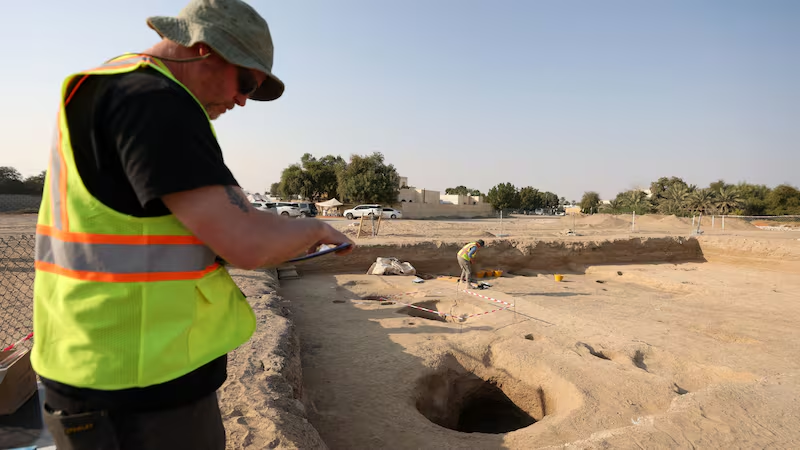

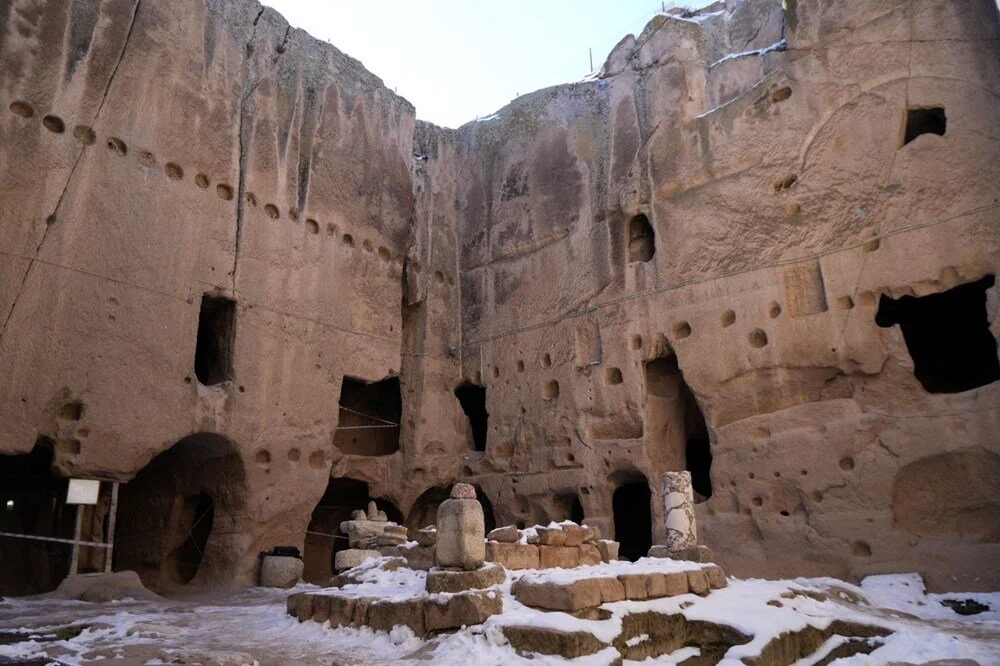
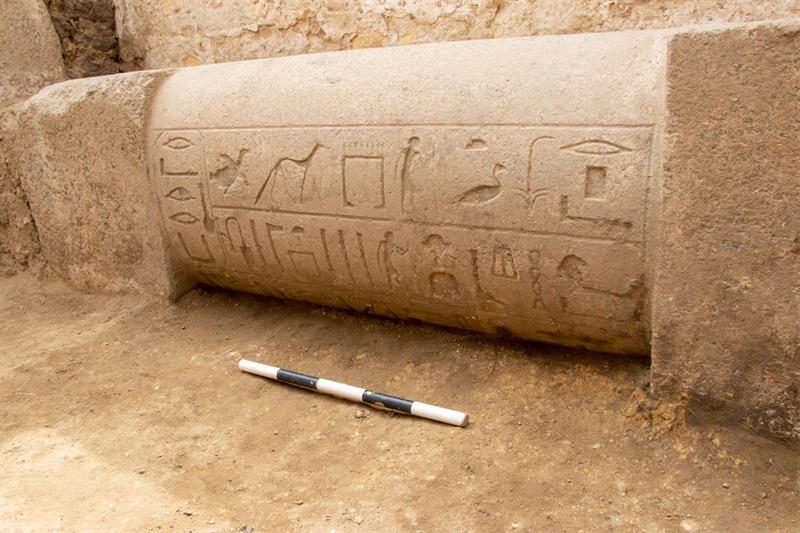
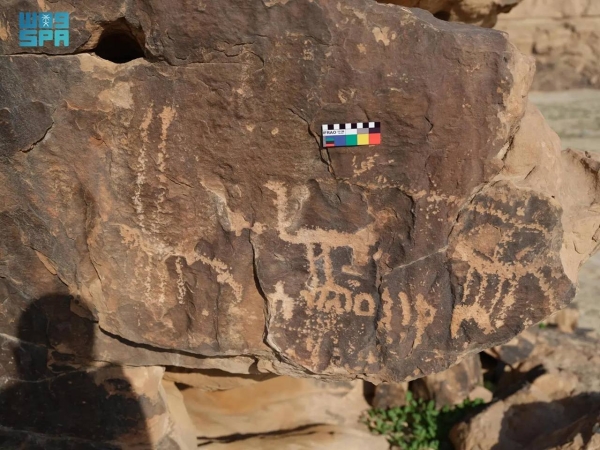
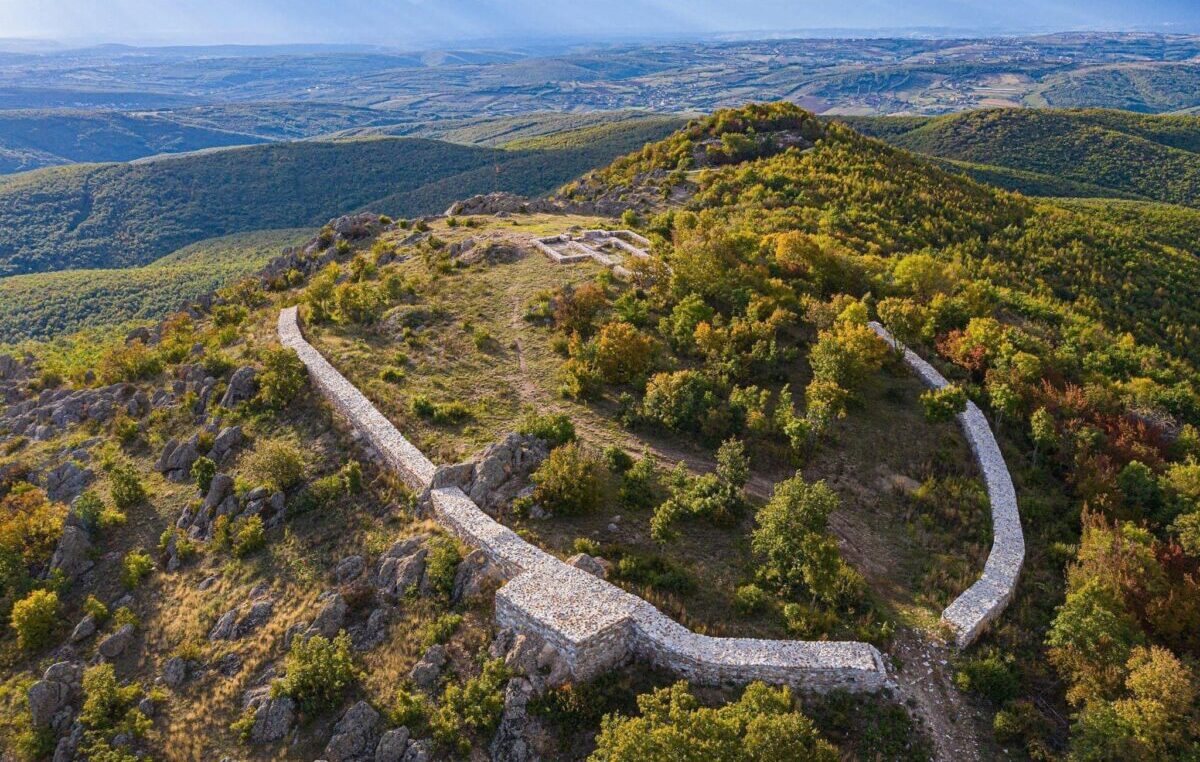

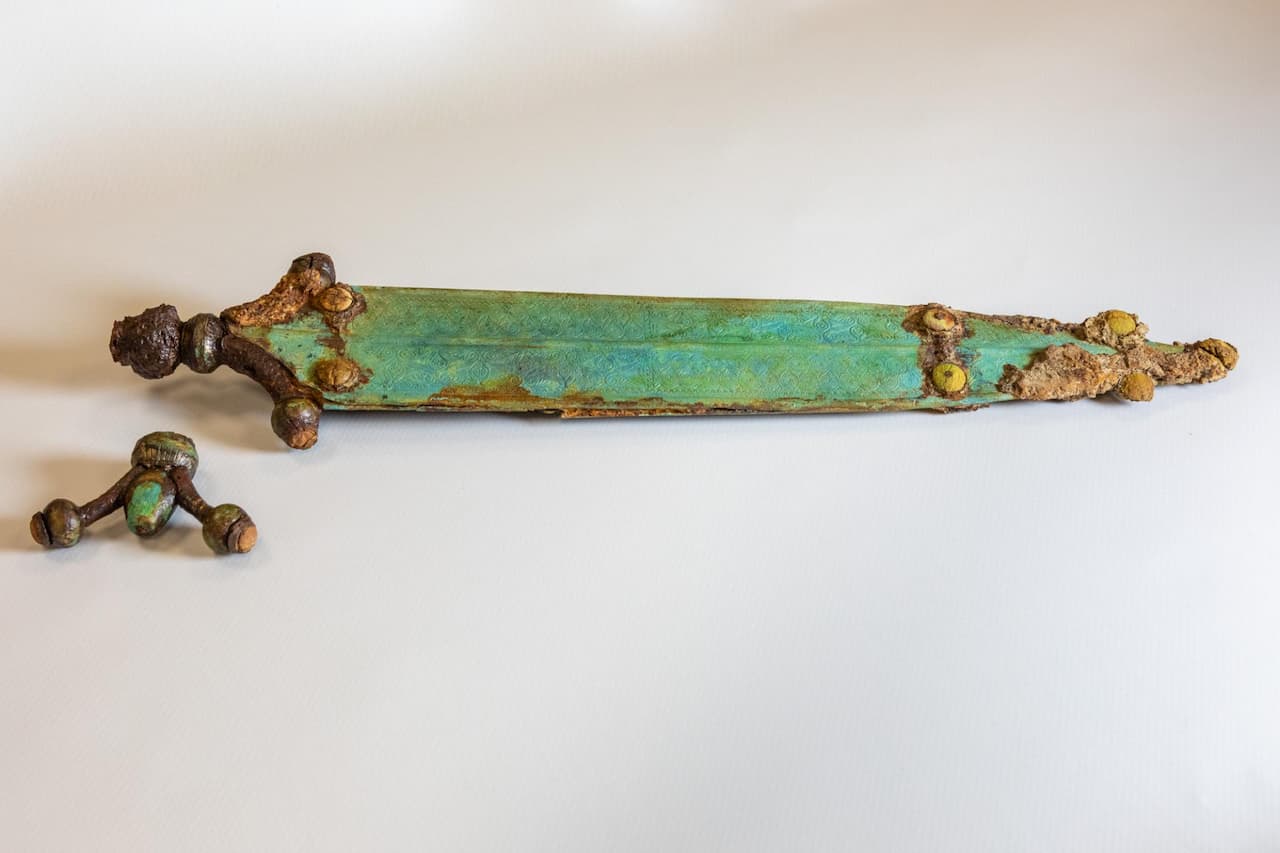

Leave a Reply